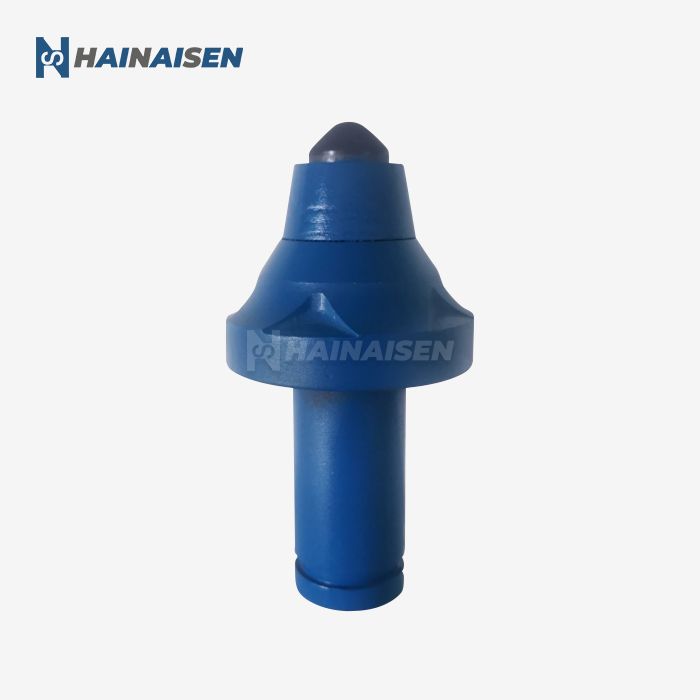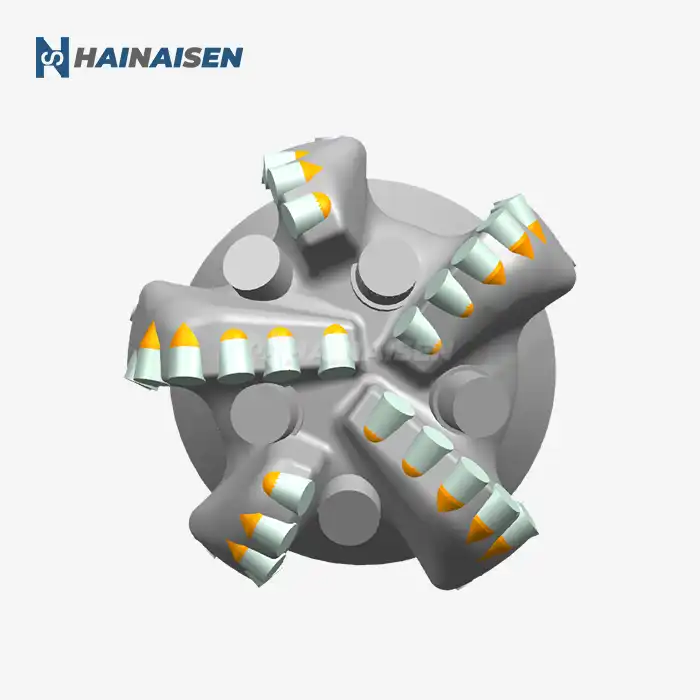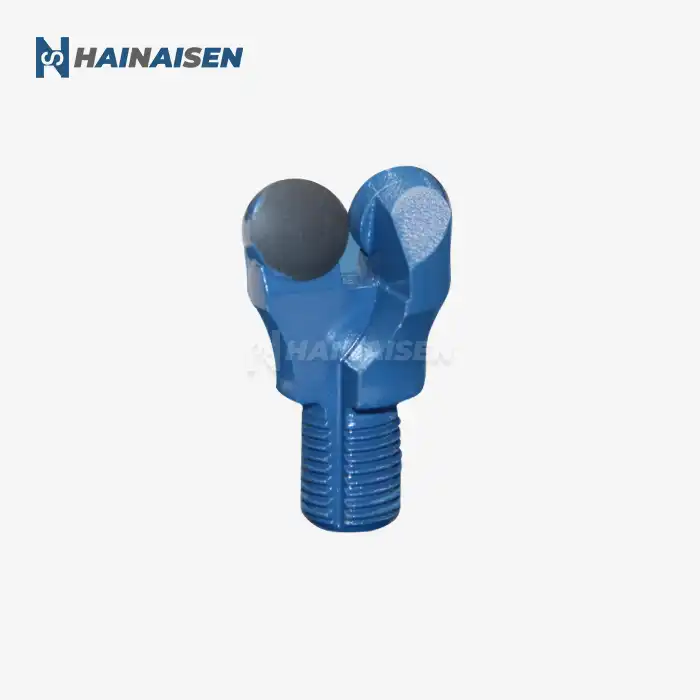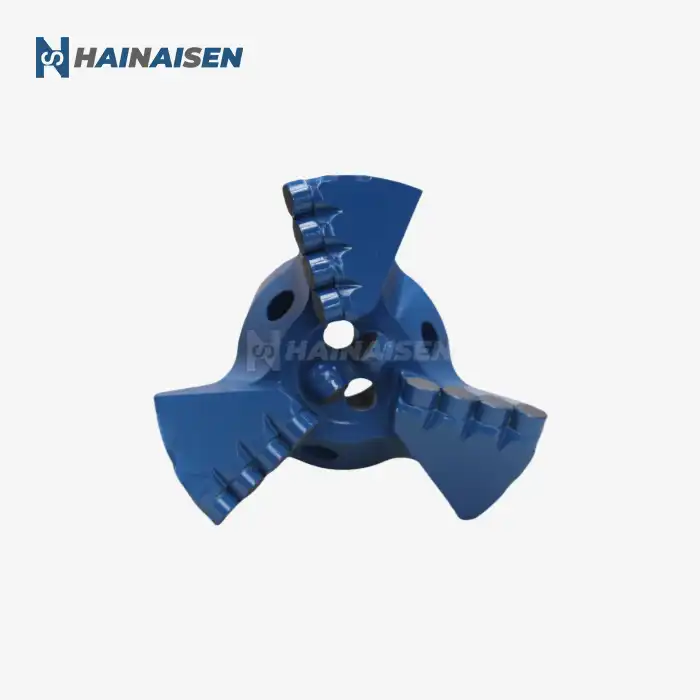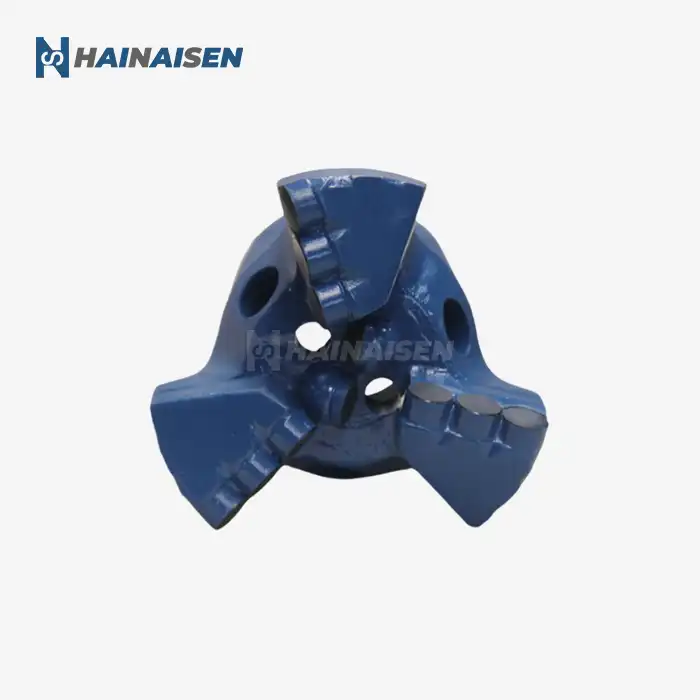What's the Difference Between Wet and Dry Diamond Drilling?
Understanding the distinctions between wet and dry diamond drilling is crucial for selecting the appropriate drilling method and equipment for your project. Each technique has its unique advantages and challenges, which can significantly impact drilling efficiency and the overall outcome of your operation.
Wet Diamond Drilling
Wet diamond drilling involves the use of water or other liquid coolants during the drilling process. This method is widely favored for its numerous benefits:
- Enhanced Cooling: The continuous flow of coolant effectively dissipates heat generated by friction, preventing overheating of the drill bit and the material being drilled.
- Dust Suppression: Wet drilling significantly reduces airborne dust particles, creating a safer work environment and minimizing cleanup efforts.
- Improved Cutting Efficiency: The coolant helps to flush away debris, keeping the cutting surface clean and allowing for more efficient drilling.
- Extended Bit Life: By reducing heat and friction, wet drilling can prolong the lifespan of best diamond drill bits. However, wet drilling may not be suitable in all situations, particularly where water usage is restricted or in areas sensitive to moisture.
However, wet drilling may not be suitable in all situations, particularly where water usage is restricted or in areas sensitive to moisture.
Dry Diamond Drilling
Dry diamond drilling, as the name suggests, operates without the use of liquid coolants. This method has its own set of advantages:
- Versatility: Dry drilling can be performed in locations where water access is limited or prohibited.
- Reduced Setup Time: Without the need for water supply and drainage systems, dry drilling often allows for quicker setup and operation.
- Minimal Water Damage Risk: In sensitive environments or when working with water-reactive materials, dry drilling eliminates the risk of water-related damage.
- Immediate Core Sample Analysis: Dry cores can be examined immediately without waiting for them to dry, which is beneficial in geological surveys and mineral exploration.
The challenge with dry drilling lies in managing heat buildup and dust control, which requires specialized equipment and techniques to ensure optimal performance and safety.
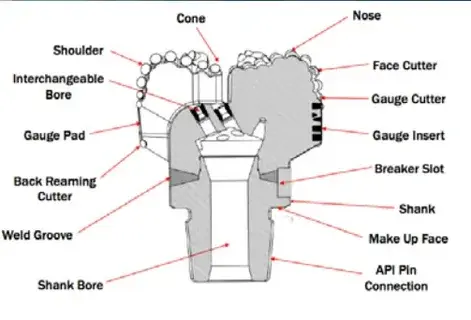
Cooling Requirements for the Best Diamond Drill Bits
The cooling requirements for diamond drill bits play a crucial role in their performance and longevity, regardless of whether they are used in wet or dry drilling applications. Proper cooling is essential to prevent overheating, which can lead to premature wear, reduced cutting efficiency, and even catastrophic failure of the drill bit.
Wet Drilling Cooling Techniques
In wet drilling operations, cooling is primarily achieved through the continuous flow of liquid coolant, typically water. This method offers several advantages:
- Efficient Heat Dissipation: The liquid coolant absorbs and carries away heat generated during drilling, maintaining optimal operating temperatures for the drill bit and the material being drilled.
- Debris Removal: The coolant flow helps to flush away cut material and debris, keeping the cutting surface clean and preventing clogging of the drill bit.
- Lubrication: The coolant acts as a lubricant, reducing friction between the drill bit and the material, which further aids in heat reduction and improves cutting efficiency.
For the best diamond drill bits, advanced cooling systems may incorporate special channels or nozzles that direct coolant precisely to the cutting edge, ensuring optimal cooling even in challenging drilling conditions.
Dry Drilling Cooling Strategies
Cooling in dry drilling applications presents unique challenges, but innovative solutions have been developed to address these issues:
- Air Cooling Systems: Some dry drilling setups use compressed air to cool the drill bit and remove debris. While not as efficient as liquid cooling, it can be effective for certain applications.
- Heat-Resistant Materials: The best diamond drill bits for dry drilling are often constructed using materials with superior heat resistance, such as specialized metal matrices and advanced diamond compositions.
- Optimized Bit Design: Drill bits designed for dry drilling may feature increased surface area or special geometries that promote heat dissipation.
- Intermittent Drilling Techniques: In some cases, operators may employ intermittent drilling patterns, allowing the bit to cool between drilling cycles.
It's worth noting that even in dry drilling applications, some operators may use minimal amounts of water or other coolants applied directly to the drill bit to enhance cooling without compromising the benefits of dry drilling.
Material Compatibility of the Best Diamond Drill Bits
The material compatibility of diamond drill bits is a critical factor in determining their performance and suitability for specific drilling applications. The best diamond drill bits are designed to work effectively with a wide range of materials, but understanding their compatibility is essential for achieving optimal results in both wet and dry drilling conditions.
Compatible Materials for Diamond Drill Bits
Diamond drill bits excel in drilling hard and abrasive materials due to the exceptional hardness and wear resistance of diamonds. Some of the materials commonly drilled with diamond bits include:
- Natural Stone: Granite, marble, limestone, and other hard rock formations
- Concrete and Reinforced Concrete
- Ceramics and Porcelain
- Glass and Fiberglass
- Hard Metals and Alloys
- Composites and Advanced Materials
The versatility of diamond drill bits in handling these materials makes them indispensable in industries such as construction, mining, and geological exploration.
Factors Affecting Material Compatibility
Several factors influence the compatibility and performance of diamond drill bits with different materials:
- Diamond Grit Size: The size of diamond particles used in the bit affects its cutting ability and suitability for different material hardnesses.
- Matrix Composition: The metal matrix that holds the diamonds plays a crucial role in heat dissipation and wear resistance, impacting the bit's performance on various materials.
- Bit Design: Specialized designs, such as segmented or continuous rim bits, are optimized for specific materials and drilling conditions.
- Bond Strength: The strength of the bond between the diamonds and the matrix affects the bit's ability to maintain its cutting edge in different materials.
Wet vs. Dry Drilling Material Considerations
The choice between wet and dry drilling can affect material compatibility:
- Wet Drilling: Generally preferred for harder materials as it provides better cooling and lubrication, reducing the risk of thermal damage to both the bit and the material.
- Dry Drilling: Can be effective for softer materials or when water use is restricted. However, it requires careful consideration of heat buildup and dust control.
The best diamond drill bits are engineered to perform well in both wet and dry conditions, with specific features tailored to each drilling method. For instance, bits designed for dry drilling may incorporate advanced heat-resistant materials and optimized geometries to enhance cooling and debris removal without liquid coolant.
Customization for Specific Materials
Leading manufacturers of diamond drill bits offer customization options to meet specific material and project requirements. This may involve adjusting:
- Diamond concentration and distribution
- Matrix hardness and composition
- Bit profile and cutting edge design
- Cooling channel configuration
By tailoring these parameters, drill bits can be optimized for peak performance in drilling particular materials under specific conditions, whether wet or dry.
Conclusion
In conclusion, the best diamond drill bits are indeed suitable for both wet and dry drilling applications, thanks to their advanced design, premium materials, and versatile performance characteristics. Their ability to adapt to various drilling conditions and materials makes them an invaluable asset for professionals across multiple industries.
For those in the oil and gas, mining, or construction sectors seeking high-quality diamond drill bits that excel in both wet and dry drilling scenarios, Shaanxi Hainaisen Petroleum Technology Co., Ltd. offers cutting-edge solutions tailored to your specific needs. With our extensive industry experience, state-of-the-art 3,500m² facility, and dedicated R&D team, we provide integrated technical solutions that ensure optimal drilling performance and efficiency.
Whether you're a large oil service company with stringent quality requirements or a coal mining operation looking for a balance of quality and cost-effectiveness, our team is ready to assist you. We understand the unique challenges faced by different industries and company sizes, and our customizable drill bit designs can meet even the most demanding project specifications.
Don't let subpar drilling equipment hold your projects back. Elevate your drilling operations with Shaanxi Hainaisen Petroleum Technology Co., Ltd.'s premium diamond drill bits. For more information or to discuss your specific drilling needs, please contact us at hainaisen@hnsdrillbit.com. Our experts are standing by to help you choose the perfect drilling solution for your next project.
References
1. Johnson, R. T. (2021). Advanced Diamond Drilling Techniques: Wet vs. Dry Applications. Journal of Mining Engineering, 45(3), 178-192.
2. Smith, A. B., & Brown, C. D. (2020). Material Compatibility in Diamond Bit Drilling: A Comprehensive Review. International Journal of Drilling Technology, 18(2), 85-103.
3. Lee, S. H., et al. (2022). Thermal Management Strategies for Dry Diamond Drilling in Hard Rock Formations. Geotechnical and Geological Engineering, 40(1), 215-230.
4. White, M. K. (2019). Innovations in Diamond Drill Bit Design for Versatile Drilling Conditions. Mining Technology, 128(4), 202-217.
5. Garcia, P. L., & Rodriguez, E. S. (2023). Performance Analysis of Custom-Engineered Diamond Drill Bits in Challenging Geological Environments. Journal of Petroleum Technology, 75(6), 712-728.
6. Thompson, D. R. (2020). Optimizing Cooling Systems for Diamond Core Drilling: A Comparative Study of Wet and Dry Methods. Exploration and Mining Geology, 29(2), 145-161.



